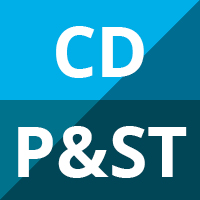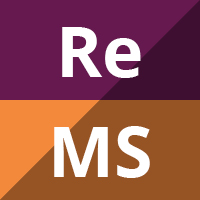
Cytidinediphosphocholine (CDP-choline) for cognitive and behavioural disturbances associated with chronic cerebral disorders in the elderly
Abstract Background CDP-choline (cytidine 5′-diphosphocholine) is a precursor essential for the synthesis of phosphatidylcholine, one of the cell membrane components that is degraded during cerebral ischaemia to free fatty acids and free radicals. Animal studies suggest that CDP-choline may protect cell membranes by accelerating resynthesis of phospholipids. CDP-choline may also attenuate the progression of ischaemic […]

Reminiscence therapy for dementia
Abstract Background Reminiscence Therapy (RT) involves the discussion of past activities, events and experiences with another person or group of people, usually with the aid of tangible prompts such as photographs, household and other familiar items from the past, music and archive sound recordings. Reminiscence groups typically involve group meetings in which participants are encouraged […]

Supportive devices for preventing and treating subluxation of the shoulder after stroke
Abstract Background Supportive devices such as slings, wheelchair attachments and orthoses have been used to treat subluxation of the shoulder after stroke. Objectives To investigate the effect of supportive devices in preventing subluxation, re-positioning the head of humerus in the glenoid fossa, decreasing pain, increasing function and adversely increasing contracture in the shoulder after stroke. […]

Aminopyridines for symptomatic treatment in multiple sclerosis
Abstract Background The potassium channel blockers 4-aminopyridine (AP) and 3,4-diaminopyridine (DAP) increase nerve conduction in demyelinated nerve fibers, and have been proposed as a symptomatic therapy for people with multiple sclerosis (MS). Objectives To determine the efficacy and safety of aminopyridines for neurological deficits in adults with MS. Search methods We searched the Cochrane MS […]

Force platform feedback for standing balance training after stroke
Abstract Background Standing balance deficits are common in individuals after stroke. One way to address these deficits is to provide the individual with feedback from a force platform while balance activities are performed. The feedback can take visual and/or auditory form. Objectives To determine if visual or auditory force platform feedback improves the clinical and […]

In-hospital care pathways for stroke
Abstract Background Stroke care pathways have the potential to promote organised and efficient patient care that is based on best evidence and guidelines, but evidence to support their use is unclear. Objectives To assess the effects of care pathways, compared with standard medical care, among patients with acute stroke who had been admitted to hospital. […]

Back schools for non-specific low-back pain
Abstract Background Since the introduction of the Swedish back school in 1969, back schools have frequently been used for treating patients with low-back pain (LBP). However, the content of back schools has changed and appears to vary widely today. Objectives To assess the effectiveness of back schools for patients with non-specific LBP. Search methods We […]

Exercise therapy for multiple sclerosis
Abstract Background No intervention has proven effective in modifying long-term disease prognosis in Multiple Sclerosis (MS) but exercise therapy is considered to be an important part of symptomatic and supportive treatment for these patients. Objectives To assess the effectiveness of exercise therapy for patients with MS in terms of activities of daily living and health-related […]

Occupational therapy for multiple sclerosis
Abstract Background Multiple sclerosis (MS) patients are referred to occupational therapy with complaints about fatigue, limb weakness, alteration of upper extremity fine motor coordination, loss of sensation and spasticity that causes limitations in performance of activities of daily living and social participation. The primary purpose of occupational therapy is to enable individuals to participate in […]

Speech and language therapy interventions for children with primary speech and language delay or disorder
Abstract Background It is thought that approximately 6% of children have speech and language difficulties of which the majority will not have any other significant developmental difficulties. Whilst most children’s difficulties resolve, children whose difficulties persist into primary school may have long-term problems concerning literacy, socialisation, behaviour and school attainment. Objectives To examine the effectiveness […]

